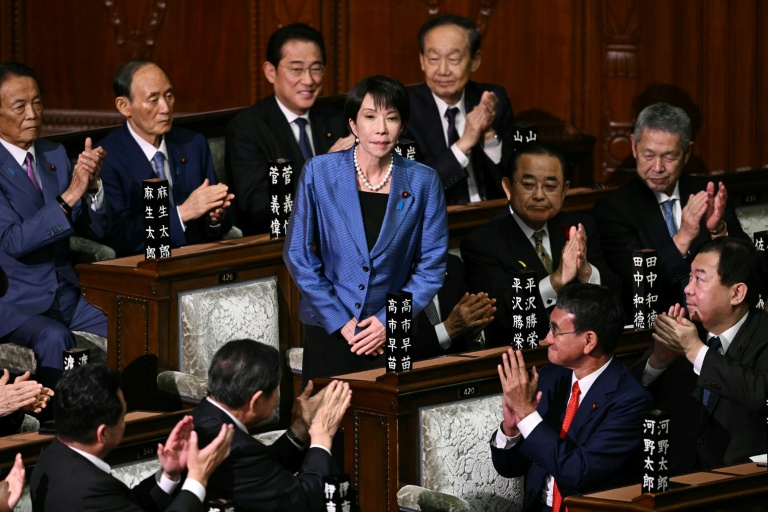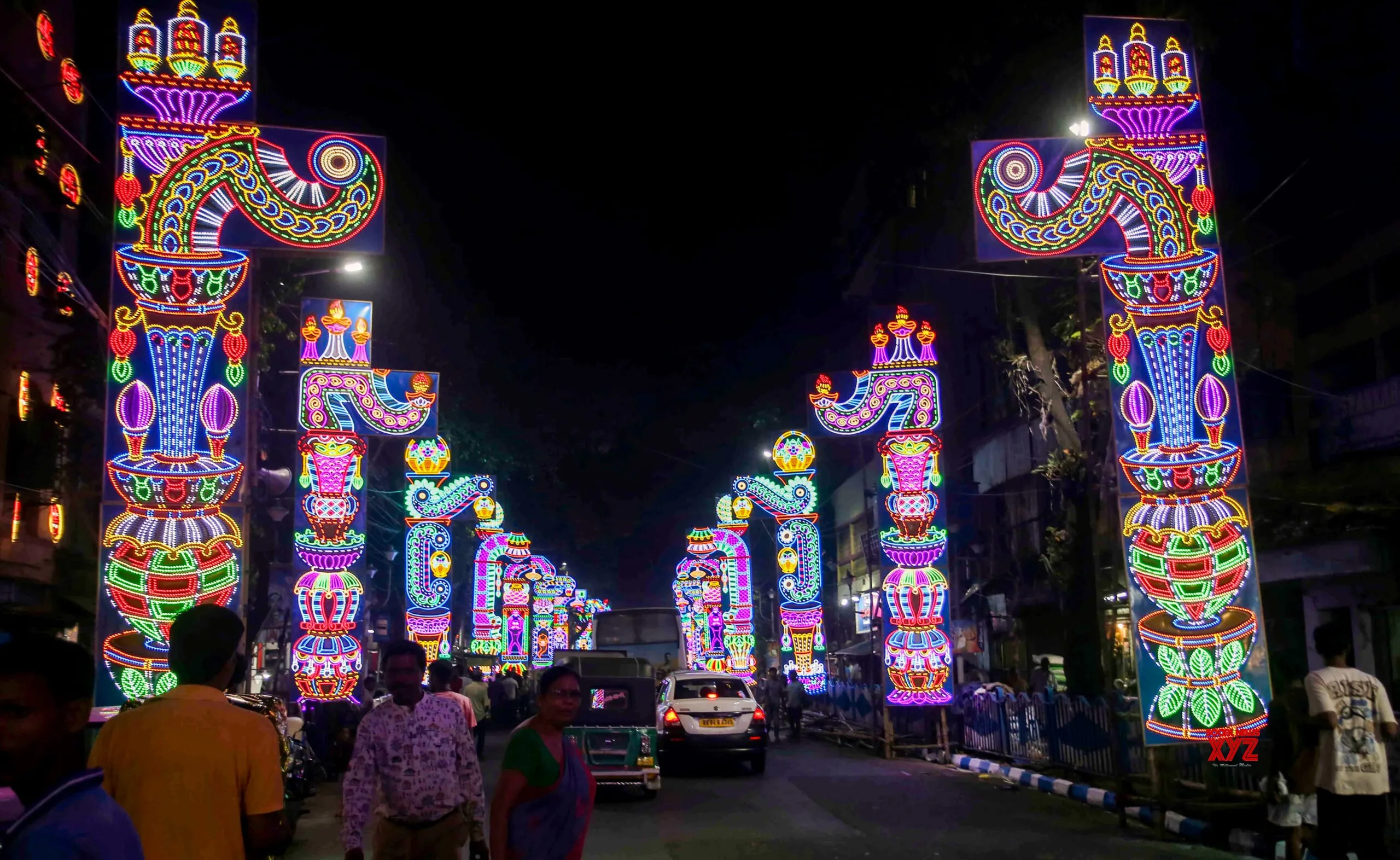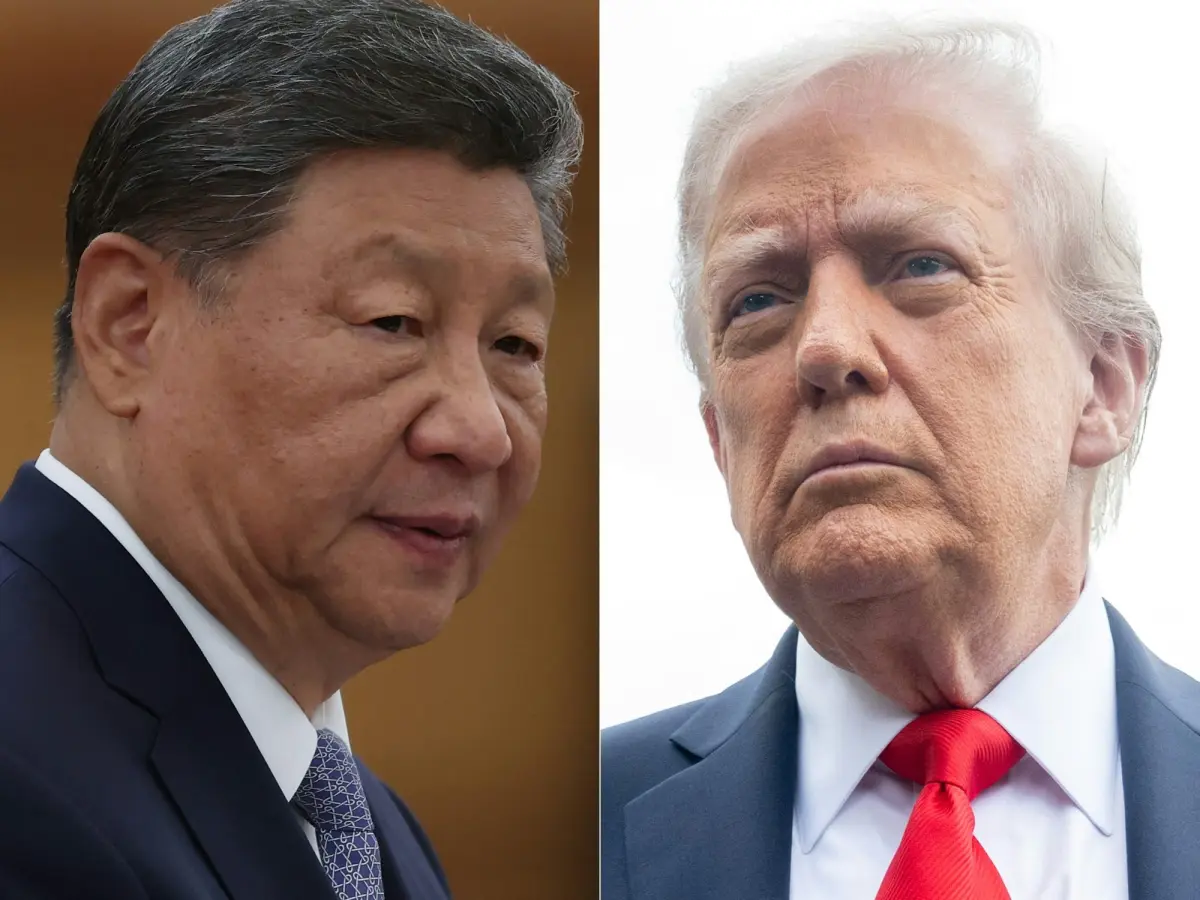Copyright The New York Times

Probably the most gripping, memorable, eye-opening book I’ve read in months is Seth Harp’s “The Fort Bragg Cartel: Drug Trafficking and Murder in the Special Forces.” It’s gripping because it’s a nonfiction narrative written with the energy of a pulpy thriller — full of guns, drugs, murders and coverups. It’s memorable because it documents an almost hard-to-believe scandal — two dead bodies found on a U.S. military base, one an elite Special Forces soldier and the other an Army quartermaster, and their connection to a large-scale weapons-smuggling and narcotics ring. And it’s eye-opening because in telling that shocking story it upends a set of broadly held assumptions about the recent history of the U.S. military, recounting a kind of lawlessness familiar from earlier eras, but which actually took place over the last few decades. Right under our noses. In America we have a kind of self-acquitting history of our own imperial excesses. In the depths of the Cold War, we tell ourselves, American power got into some ugly business — assassinations and coups, election interference, secret bombing campaigns. But gradually, much of that came to light, thanks to intrepid journalism and congressional investigations and public scandal; the leadership of our diplomatic corps, our military and our intelligence services learned its lessons and cleaned up its act, at least to some extent; and the country came to view that earlier phase as a kind of superpower adolescence we’d long since outgrown. This narrative is even visible in our movies, with portrayals of covert ops and Cold War misbehavior growing less dark and disillusioned over time, and more lighthearted and even funny. The period that followed wasn’t perfect, according to this history: We elevated hollow intelligence in the run-up to the invasion of Iraq, leaned into the use of torture and expanded the drone war without too much concern for the collateral damage to civilians. But these scandals were typically metabolized by the public as morality tales about the failures of elite leadership — Colin Powell overselling Iraq’s W.M.D. program at the U.N., for instance, or John Yoo drafting legal justification for torture authorized by the Office of Legal Counsel. Outside the antiwar left, there weren’t even many objections raised to the drone war, and to the extent that the public took note of “bad apples” in the military, they were as likely to be whistle-blowers as war criminals. Now that it’s over, it’s not unusual for Americans across the political spectrum to regard the military adventurism of the war on terror with serious regret, or to catalog its blowback effects on U.S. politics and American policing. (Sometimes you’ll even see acknowledgment that the whole project left about four million dead across Africa, Asia and the Middle East.) Yet when Americans lament those wars, we still tend to focus on the failures of elites. A couple of decades on, though, we are slowly accumulating the pieces of an emerging counter-history of some bad behavior on the ground, well below the supervision of military leadership and civilians in Washington. In Harp’s telling, after the shocking revelations of the 1975 congressional investigation into covert misdeeds known as the Church committee — MKUltra and Cointelpro, assassination plots against the Congolese politician Patrice Lumumba and Fidel Castro of Cuba, among others — the C.I.A. reined in its covert endeavors partly by subjecting itself to more congressional oversight and partly by simply handing some of those responsibilities off to the military, which was not subject to the same oversight. A particular beneficiary was Delta Force, based at Fort Bragg, which Harp calls one of the military’s most elite black operations outfits and which, he writes, remains shrouded in secrecy to this day. In “The Fort Bragg Cartel,” Harp tries to shed some light on that group’s machinations. But the book also sketches a global story about the 21st-century drug trade. Before the U.S. invasion, the Taliban had more or less eliminated the cultivation and production of poppies to make opium and heroin. After the invasion, though it was technically outlawed under the patchwork government stitched into place by American power, production returned, with Afghanistan producing as much as 90 percent of the world’s opium during many of the years of American occupation, years in which opiates were also ravaging the American homeland. An even more horrifying series of stories by Matthieu Aikins was published last month in The Times — a meticulously documented narrative account detailing accusations of the retributive killing of nine captives by Green Berets in Afghanistan’s Nerkh district in 2012. Aikins calls those deaths “most likely one of the largest known cases of unlawful killing by U.S. forces in Iraq and Afghanistan, ranking behind only the 2005 massacre in Haditha, where Marines allegedly killed around two dozen civilians, and a rampage in Kandahar in 2012 by Staff Sgt. Robert Bales, an infantryman who sneaked out of a Special Forces base at night and murdered 16 people.” The selection of comparisons is itself telling, since most Americans will not quickly remember, or perhaps even have heard of, either of these incidents. “Every war produces its own kind of hero,” Aikins writes, and the distinctive protagonist of the war on terror was a particular archetype of Special Forces soldier he calls “the operator.” The motto of one such battalion was “We do bad things to bad people,” Aikins recounts, and “this vigilante streak is what most distinguishes the operators from previous generations of heroes and sets them at odds with the military’s traditional insistence on discipline and law.” Killings like the one at Nerkh were not “aberrations,” he writes. “Like the massacre at My Lai during the Vietnam War, the critical lesson of Nerkh is that similar crimes of lesser magnitude could have been committed without the American public ever knowing.” And lately, when I find myself reflecting on how little detail American civilians really do know about the war on terror, I return again and again to a harrowing dispatch from Afghanistan published by Anand Gopal in The New Yorker four years ago now, just as U.S. forces were withdrawing and the country was being quickly reclaimed by the Taliban. “The Other Afghan Women” is a different kind of story, less focused on the vigilante misconduct of American soldiers and more on what those on the ground in Afghanistan strategically supported and enabled — establishing control over the ragged countryside in part by empowering brutal warlords, whose reign proved harrowing and punishing to Afghan locals. “We didn’t have a single night of peace,” one villager tells Gopal, describing life under a particularly violent and destructive warlord. “Our terror had a name, and it was Amir Dado.” When the U.N. agitated for Dado’s removal, the United States repeatedly blocked the effort, with a guide for the Marines arguing, Gopal reports, “that although Dado was ‘far from being a Jeffersonian Democrat’ his form of rough justice was ‘the time-tested solution for controlling rebellious Pashtuns.’” Gopal focuses on the story of one woman in particular, who lost 16 family members in the “American war,” and who eventually came to welcome the return of the Taliban as a hopeful reprieve. “Shortly before the Americans left, they dynamited her house, apparently in response to the Taliban’s firing a grenade nearby,” Gopal writes. He continues: With two rooms still standing, the house is half inhabitable, half destroyed, much like Afghanistan itself. She told me that she won’t mind the missing kitchen, or the gaping hole where the pantry once stood. Instead, she chooses to see a village in rebirth. Shakira is sure that a freshly paved road will soon run past the house, the macadam sizzling hot on summer days. The only birds in the sky will be the kind with feathers. Nilofar will be married, and her children will walk along the canal to school. The girls will have plastic dolls, with hair that they can brush. Shakira will own a machine that can wash clothes. Her husband will get clean, he will acknowledge his failings, he will tell his family that he loves them more than anything. They will visit Kabul, and stand in the shadow of giant glass buildings. “I have to believe,” she said. “Otherwise, what was it all for?” With military misbehavior, as with other kinds, the cliché goes that sunlight is the best disinfectant. But throughout the war on terror the country maintained a pretty ambiguous relationship with transparency and visibility, actually. For a time, military pageantry cluttered up the spectacle of American public life, and technology meant that — for those who wanted to look — the wars could feel quite close, with soldiers often posting footage to YouTube, sometimes regularly enough that their families could follow their experiences of the war that way. But though the so-called forever war deployed millions of American soldiers abroad, it was also pushed out of view for much of the country relatively quickly. More fighting was done by Special Forces and contractors and, eventually, drones. Political debates about the course of the war were conducted almost invariably at a level of bloodless abstraction. Leakers and whistle-blowers were prosecuted. And plenty of imperial ugliness was left to be uncovered by future chroniclers, including Harp, Aikins and Gopal. We told ourselves we’d professionalized the military and made its conduct abroad more technocratic and targeted, ethical and humane. But as with many stories we told ourselves over that period, this one left a lot out. And today? It’s surely no better to judge millions of Americans working in the military and intelligence services on the basis of a few high-profile shifts in policy and rhetoric than it is on a handful of gruesome episodes of vigilante violence and mercenary opportunism. But it is striking how much, in the MAGA era, civilian leadership seems to be moving past secrecy and shame — just as President Trump himself has done in the personal and domestic spheres. We now have a so-called Secretary of War who made his name in part by loudly arguing that soldiers accused of war crimes should be recognized simply as “warriors”; a military that is routinely targeting and destroying boats it says are carrying drugs, killing those aboard in defiance of international law and without providing any public evidence to support criminal claims (and extraditing survivors to their home countries rather than charging them in American courts); and a C.I.A. that just last week casually leaked that it was secretly authorized to conduct covert actions in Venezuela, and a president who then casually confirmed that fact. The war on terror suddenly feels like a very long time ago, even with some of its darkest chapters coming to light for the first time now. What comes next?



